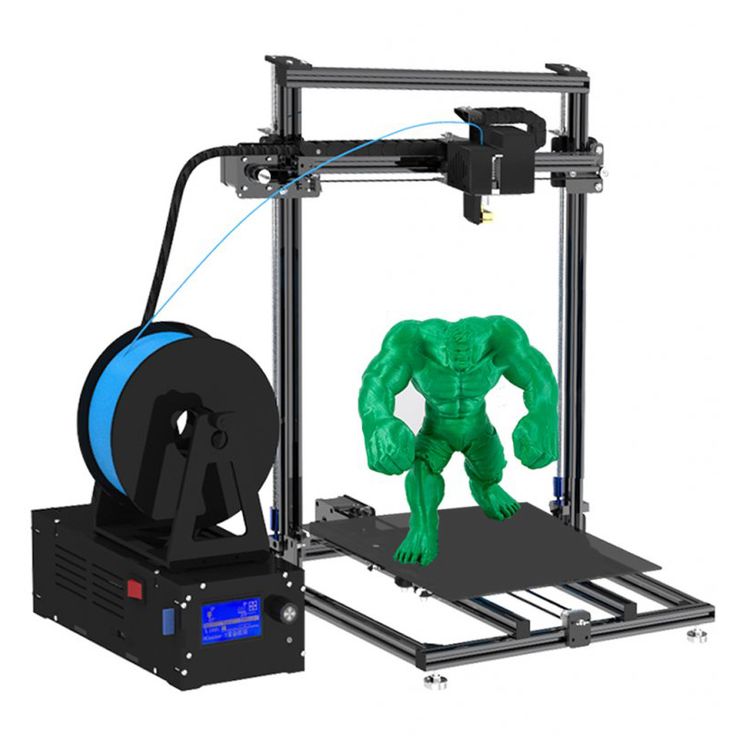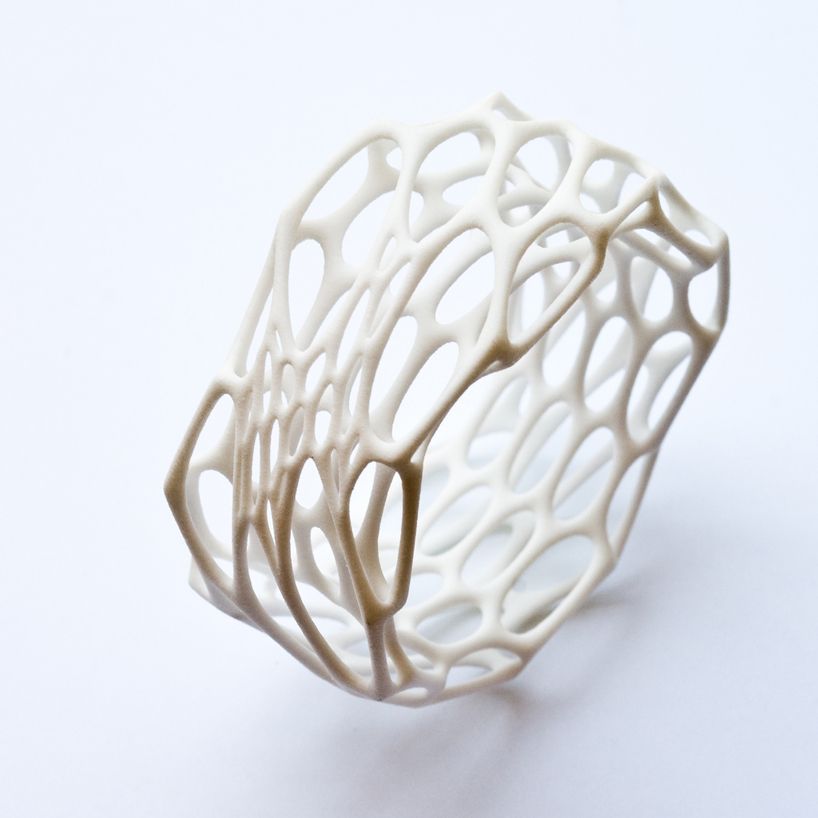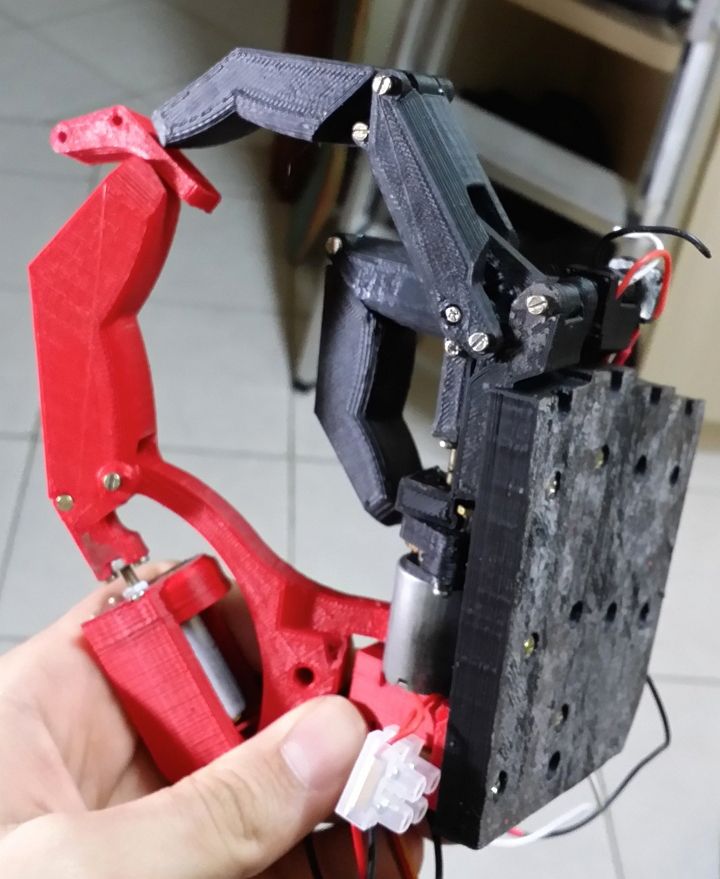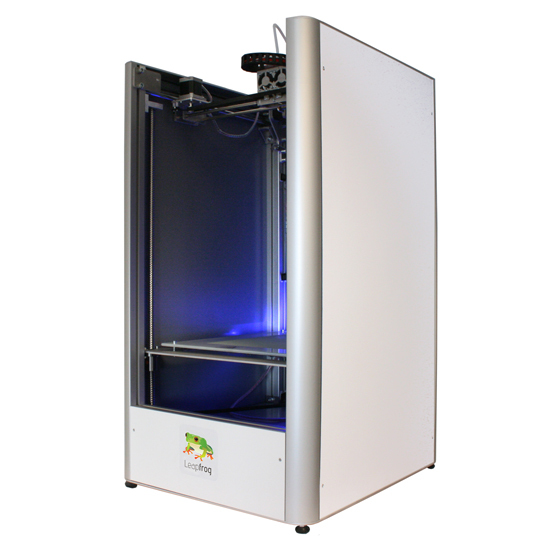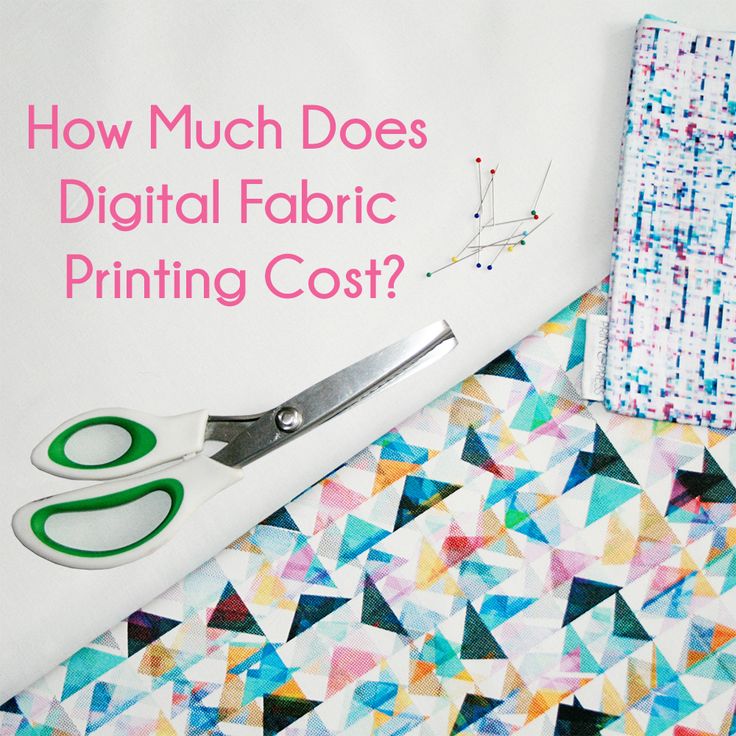3D printing archaeology
3D scanning and 3D printing for museums and archeology
Introduction
3D printing and 3D scanning for museums and archeology are increasingly used in cultural preservation. 3D technologies provide museum curators, researchers, and archeologists with new tools to capture in 3D ancient objects, artifacts, or art pieces.
They can then study, restore or simply archive them with much more details than traditional 2D pictures. It is even possible to 3D scan entire archeological sites to get a full 3D mapping, via drone or plane 3D scanning.
3D printing and 3D scanning can be used jointly to restore damaged sculptures.
A real ammonite specimen next to a 3D printed one. Source: museumvictoria.comWhat are the benefits of 3D scanning for museums and archeology?
There are many advantages to use 3D scanning in the museology and archeology fields:
- Capturing more details.
3D scanning is more accurate than the human eye and can digitally capture a high level of details. Museums can now create their own 3D archives and store digital 3D models of their entire collections, instead of relying on mere 2D pictures.
- Preserving cultural heritage. Some historical sites are in danger, be that from armed conflicts, natural disasters, or simply time erosion. It is possible to use 3D scanning to keep accurate 3D mappings of those historical locations.
- Improving accessibility to museums and cultural heritage. 3D scanning opens the doors to virtual museum visits. A person can visit an exhibition from the comfort of his own home.
- Restoring and replicating historical artifacts. Restorative 3D scanning, when 3D capture is used in the restoration process, is increasingly used in museums worldwide. To replicate a historical object, a 3D scan has to be done first. The file generated can then be used to 3D print a replica of the piece, in plastic or other materials.

How 3D printing can be used by museums and researchers
3D printing is a new tool accessible to museums and researchers worldwide. 3D printers can be used in several ways, among which:
- Replicating a piece of art or historical artifact with 3D printing. Having an exact copy of a historical item will allow the museum to give more access to his collection to the public. For example, allowing students to touch and manipulate 3D printed art pieces or artifacts is a more recreational way of teaching than just showing the object. A 3D printed replica, based on a 3D scan of the original object, can also be used and manipulated by archeologists or researchers, without fear of damaging the original piece.
- Repairing damaged historical artifacts. If an ancient piece of art is missing a part, for example, 3D printing can be used to repair it by creating a perfectly fitted new part.
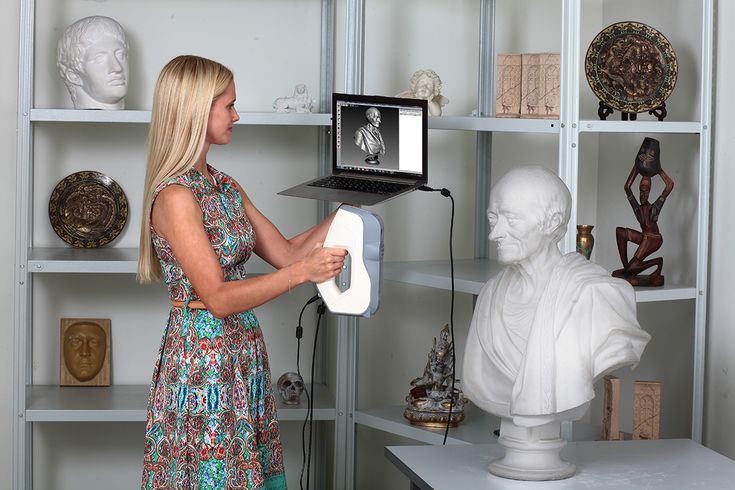 This approach often requires the joint use of 3D scanning and 3D modeling using 3D design software. Restorative 3D printing is on the rise, as the technology improves and the number of printing materials available grows.
This approach often requires the joint use of 3D scanning and 3D modeling using 3D design software. Restorative 3D printing is on the rise, as the technology improves and the number of printing materials available grows.
Ph.D. Researcher and 3D consultant Amelia Knowlson wrote this in-depth article on the future of 3D scanning and 3D printing in museums. According to her, 3D technology is just starting to impact museums and historical research operations.
Restorative 3D printing: using 3D printers to restore or replicate damaged itemsIt is sometimes complicated to restore art pieces and it can lead museum curators to remove the damaged pieces from their exhibits. 3D scanners and 3D printers are increasingly used in the restoration of works of art, including statues for which it is possible to reconstruct missing parts, such as hands (as shown in the picture).
A bronze statue, whose broken hands have been replaced by 3D printed hands.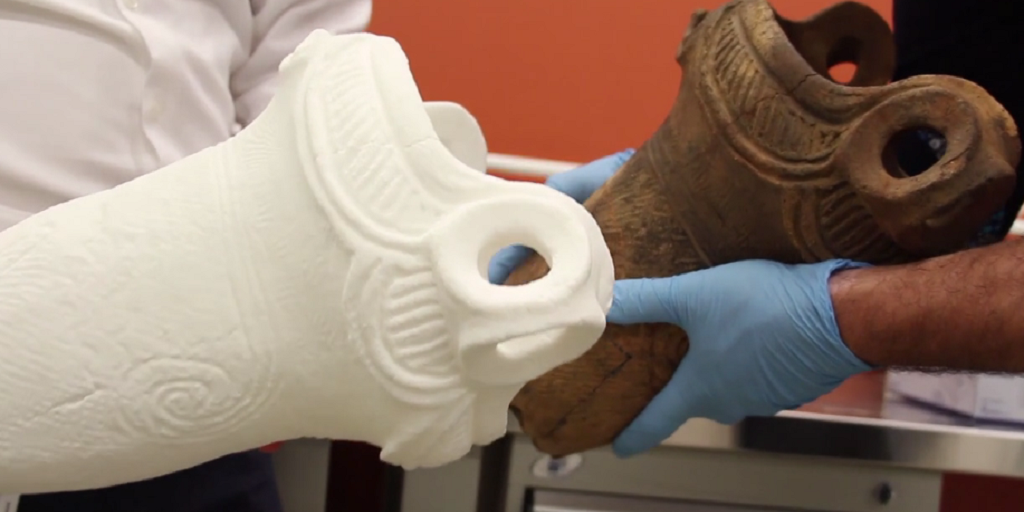 Source: 3Dgeni.us
Source: 3Dgeni.usPreserving historical objects and archeological sites with 3D scanning
A 3D model of an excavation site conducted by Archéotec.Capturing an entire archaeological site with a 3D scanner
Archaeological sites are often found under construction sites and their exploration can stop or slow down the construction project. Therefore, archaeologists only have a limited time to lead searches in those excavation sites.
Terrestrial laser 3D scanners with a large scanning area (sometimes equipped with a GPS or SLAM technology for higher precision) allow archaeologists to capture a full site in 3D and obtain a 3D model of the excavation site. It is thus easier to visualize locations of archaeological remains and optimize the excavation site searches.
High-precision historical research with 3D scanners
3D models generated with a 3D scanner are often used by researchers, who can zoom in on the 3D model of the item captured in 3D.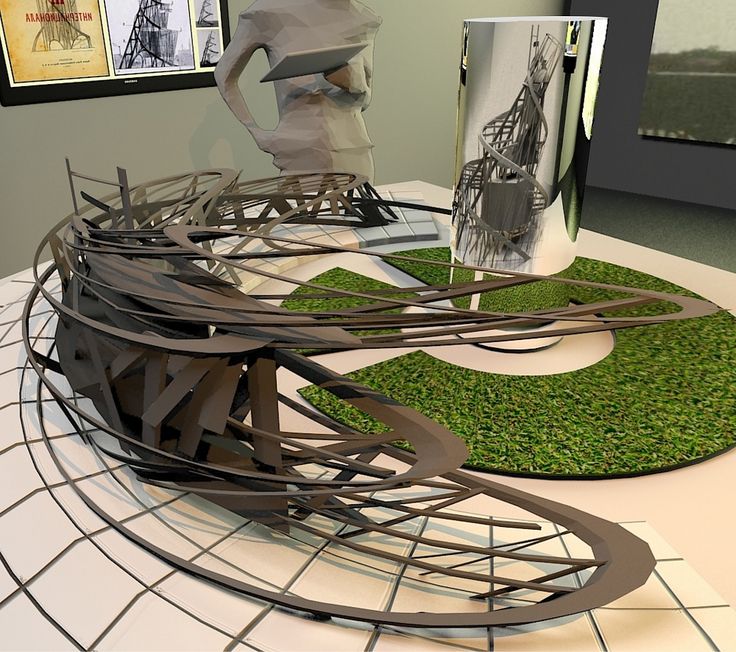 The high level of details of the 3D scan can be very useful for research purposes since almost invisible details can be revealed with this technology. Working on 3D models instead of original pieces also enables researchers to protect light-sensitive artifacts for example.
The high level of details of the 3D scan can be very useful for research purposes since almost invisible details can be revealed with this technology. Working on 3D models instead of original pieces also enables researchers to protect light-sensitive artifacts for example.
With 3D printing, it is possible to replicate an entire object or specific parts. Researchers can then work on the 3D printed replica and manipulate it while preserving the original objects.
A 3D scan of a human-sized statue with the Artec Eva handheld 3D scanner. Source: ima-solutions.fr3D scanning fosters global collaboration
Researchers worldwide can share 3D models obtained by 3D scanning and collaborate remotely. Instead of having to ship archaeological remains or items, 3D scanners allow scientists to capture 3D models of these artifacts, the 3D files obtained can then easily be shared via the internet with the global scientific community.:quality(80)/images.vogel.de/vogelonline/bdb/1612700/1612740/original.jpg)
3D scanning and 3D printing: new tools for museums
Visiting a museum from your home thanks to 3D scanning
The development of virtual museums is supported by the overall growth of the 3D printing ecosystem, including non-contact 3D scanners.
A dual view of a “fardo”, a Peruvian coffin and its virtual exploration conducted by the Quai Branly Museum.For example, French startup Arskan 3D scanned some of the main pieces from the Museum of Fine Arts of Lyon, to create an experience out of the ordinary.
The launch of this interactive experiment in fall 2015, accessible via an internet connection, will make the Lyon Museum the first virtual 3D museum.
A member of Arskan scanning in 3D a statue with the 3D scanner FaroArm. Source: elretohistorico.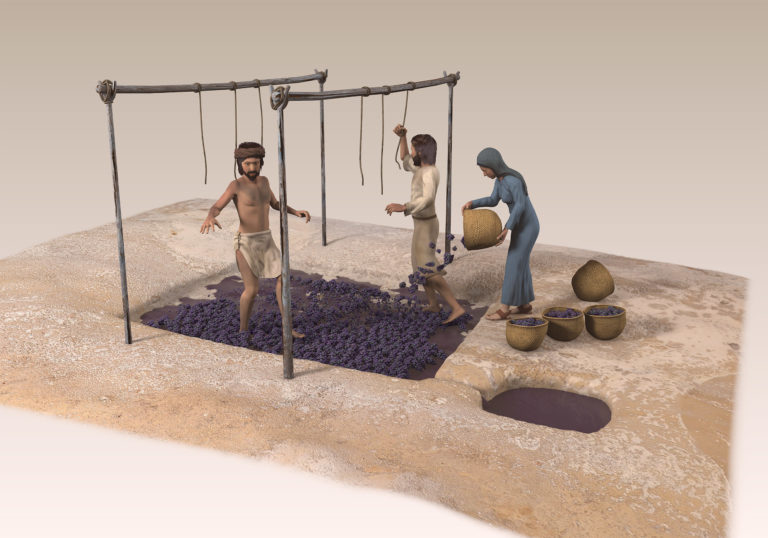 com
comCreating virtual explorations with 3D scanning
Thanks to 3D scanners, it is possible to create “virtual explorations”, based on a 3D rendering of a given archaeological site, monument, or piece of art. The Quai Branly museum in Paris uses 3D scanning to allow people to “see through” ancient coffins filled with artifacts, which could not be opened without damaging the items inside.
Preserving original collections with 3D scanning
With 3D scanning, archaeologists or museum curators can improve the conservation of their collections. They can even repair or duplicate the most damaged items, by using 3D printing and 3D scanning. It only takes a few minutes to 3D scan a human-size statue. The 3D model obtained (a simple file) can then be saved, archived, edited using CAD software and 3D printing.
Note: Non-contact 3D scanners are often recommended to avoid damaging the most fragile items.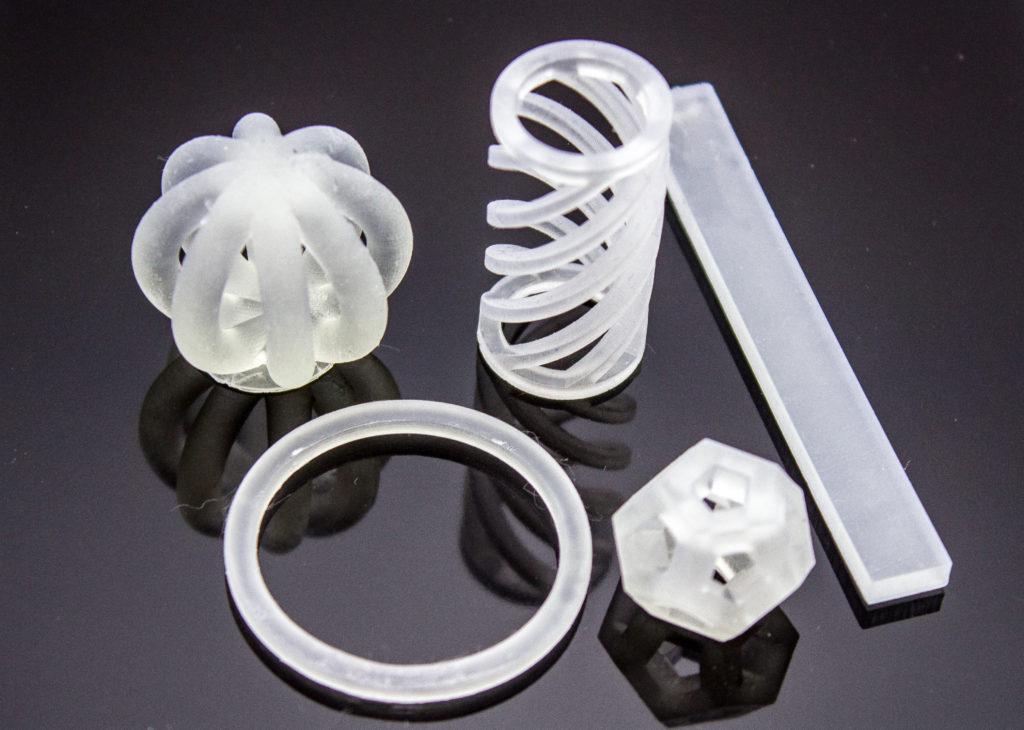
Bring home a 3D printed version of your favorite art piece
Visitors who own a 3D printer can download 3D models from the museum’s exhibition and 3D print them at home. This license system is offered, for instance, to visitors at the Art Institute of Chicago. For this type of use, extrusion technology is recommended, but it only allows to 3D print objects in plastic.
Facilitating access to cultural heritage through 3D scanning
3D printing can improve museums accessibility for visually impaired visitors
With 3D printing, museums can create realistic replicas of objects from their collections. Visitors can then manipulate these 3D printed versions without damaging the originals. 3D printing also offers the opportunity to create physical representations in 3D of paintings.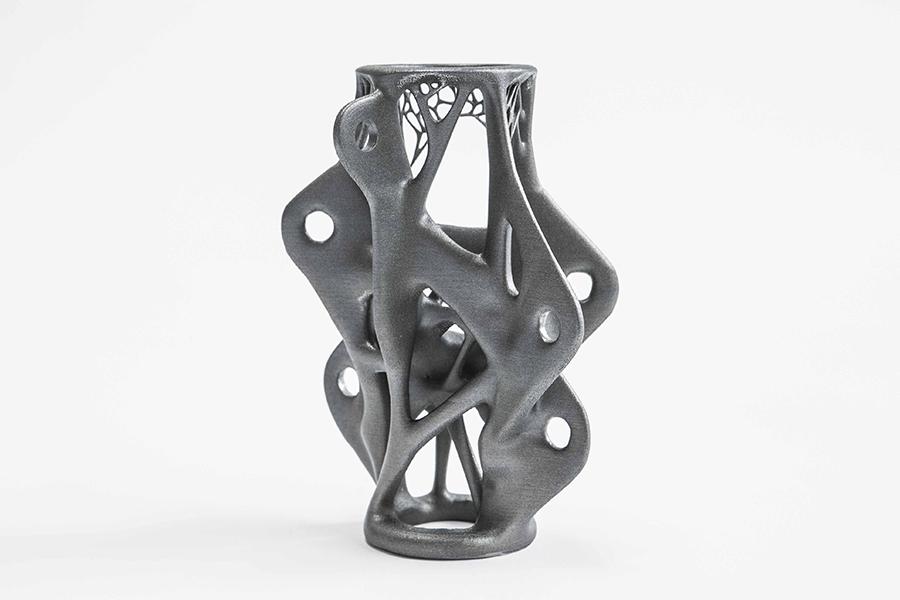 The Prado Museum and the Museum of Manilla have already taken advantage of these opportunities.
The Prado Museum and the Museum of Manilla have already taken advantage of these opportunities.
For instance, in Spring 2015, an exhibition at The Prado Museum allowed blind visitors to discover five masterpieces thanks to 3D printing. Those paintings in relief allowed visitors to experience the exhibit by touching the 3D printed version of the masterpieces. An innovative way of using 3D printing to prove that art goes beyond senses.
A 3D printed painting displayed at the Prado Museum in Madrid to provide a better visitor experience. Source: ufunk.netDownloading 3D models of cultural heritage items for 3D printing
Downloading 3D designs of historical objects, artifacts and art pieces
It is now possible to download 3D models of art pieces or historical artifacts to visualize them using 3D software and, why not, 3D print replicas using a 3D printer.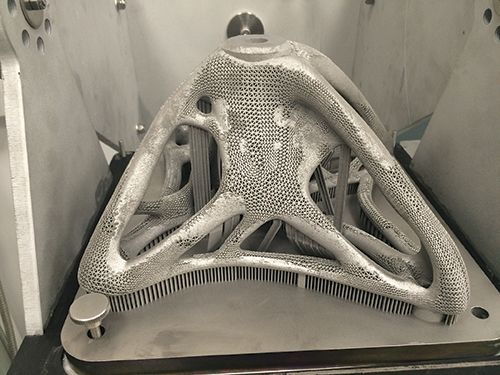 Several online repositories of printable 3D designs of art and historical objects are available. The largest cultural heritage 3D files databases are the following:
Several online repositories of printable 3D designs of art and historical objects are available. The largest cultural heritage 3D files databases are the following:
- Sketchfab > Museums. More than 30 museums, including the famous British Museum and The Metropolitan Museum of Art, share here thousands of high-resolution 3D models obtained from 3D scans of their collections. These files are even visible in VR (Virtual Reality)!
- MyMiniFactory > Scan The World. Thousand of 3D files from artists and museums all across the globe are available here, obtained from real-life objects scanned in 3D. The designs are 100% 3D printable.
- African Fossils. You will find here HD 3D designs of fossils, categorized by time era, and type (hominids, animals, tools). A wiki section is linked to each 3D model, with detailed explanations and background information on the fossil.
 A powerful educative resource.
A powerful educative resource. - MorphoSource. MorphoSource is an online repository that allows researchers from universities and labs worldwide to store, share, and distribute their 3D data. You will find here thousands of 3D morphological data sets, downloadable for free. 3D file formats include tiff, dicom, stanford ply, and stl. You can browse the cultural files by Institution, Taxonomy, Bibliography, and Project.
Case study: the Mosul museum in Iraq
Ancestral sculptures in 3D
Using 3D printing, Iranian artist Morehshin Allahyari has set out to replicate the millennium-old sculptures from the Mosul Museum, which have been destroyed in 2015 by Daesh jihadists.
With the help of experts from US and Iran universities, she managed to design 3D models of the destroyed sculptures. She based her work on documents left about these art pieces.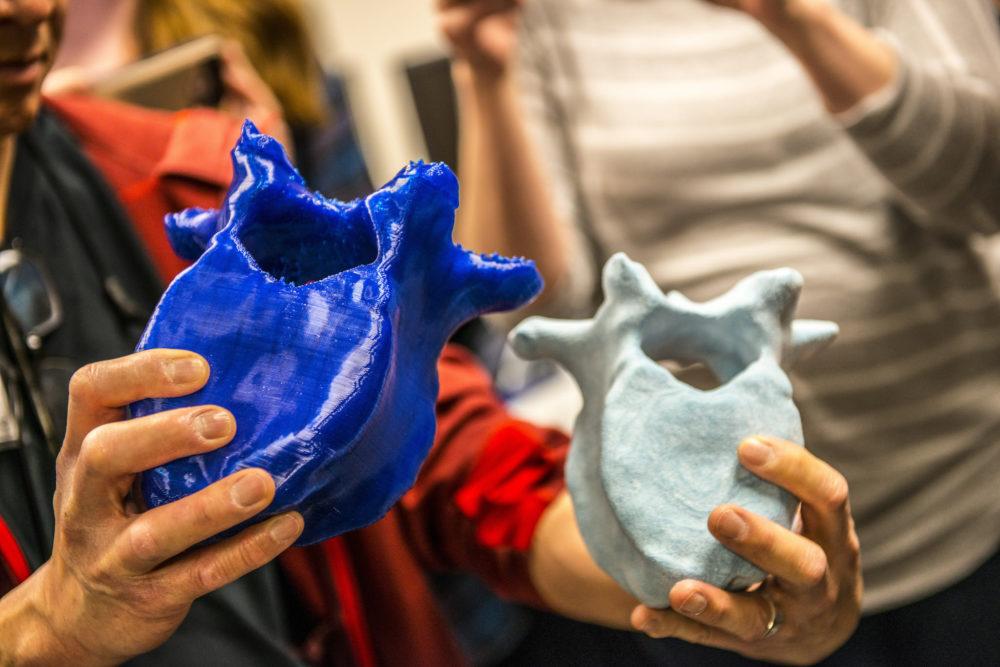
3D files of the sculptures will be made available to the public and then allow anyone to 3D print them at home. A great way to ensure that this heritage continues to live for the centuries to come.
A 3D printed reproduction of King Uthal. Source: Morehshin AllahyariHow 3D Printing and Scanning Helps Archaeologists
3D Insider is ad supported and earns money from clicks, commissions from sales, and other ways.
Archaeology is a field of study that deals with artifacts of unparalleled historical significance. Oftentimes, these artifacts must also be handled with extreme caution. This limits how archaeologists can analyze these artifacts and make new discoveries about how relevant they are to ancient history.
To overcome these challenges, the field of archaeology has turned to the technology of 3D printing and 3D scanning. How exactly are these technologies used in archaeology and what advantages do they offer? Is it feasible for a 3D printing professional to work with a local archaeologist?
Dealing with sensitive artifacts
We’re narrowing down our discussion to the field of archaeology in this article to avoid levity. However, many of the challenges that archaeologists face are also encountered in similar fields such as paleontology and anthropology.
However, many of the challenges that archaeologists face are also encountered in similar fields such as paleontology and anthropology.
All these fields of study need to deal with ancient fossils and historical artifacts. The problem with these artifacts is that they can be easily damaged, even when handled with extreme caution. Even the mere act of touching an artifact with raw hands can cause damaging chemical reactions.
This fragile nature of artifacts makes it more difficult for archaeologists to study them in detail. These artifacts have to be measured and scrutinized in several different ways to infer information about their history.
An older technique is for archaeologists to make molds out of these artifacts to make copies of them. While this accomplishes the purpose of creating 1:1 models of artifacts, this technique still tends to result in rough handling of the artifacts. It’s also time-consuming and creates molds that only have a limited lifespan.
This highlights the need for a preservation method that is faster, more accurate, more permanent, and allows for gentler handling of artifacts. The combination of 3D scanning and 3D printing is uniquely appropriate to solve this problem.
The combination of 3D scanning and 3D printing is uniquely appropriate to solve this problem.
Case studies
A high-profile example of 3D scanning being used to preserve and analyze an artifact is the case of the skeleton of Lucy, a pre-Homo sapiens hominid found in Ethiopia. While obviously an interesting artifact, the skeletal remains had already been damaged such that significant portions of it were missing.
To fill in the information gap, the skeletal remains were 3D scanned to develop a digital model. A digital reconstruction was then done by mirroring the parts of the skeleton that were still intact. Information from other fossilized remains was also used to complete the digital model. Through this method, damaged artifacts can still be completed, albeit only on a digital platform.
There have also been situations where 3D printing and modeling were combined with other technologies to preserve artifacts. In the case of mummies found in Egypt, an X-ray scan was done to reveal the appearance of the relatively well-preserved skeletal remains.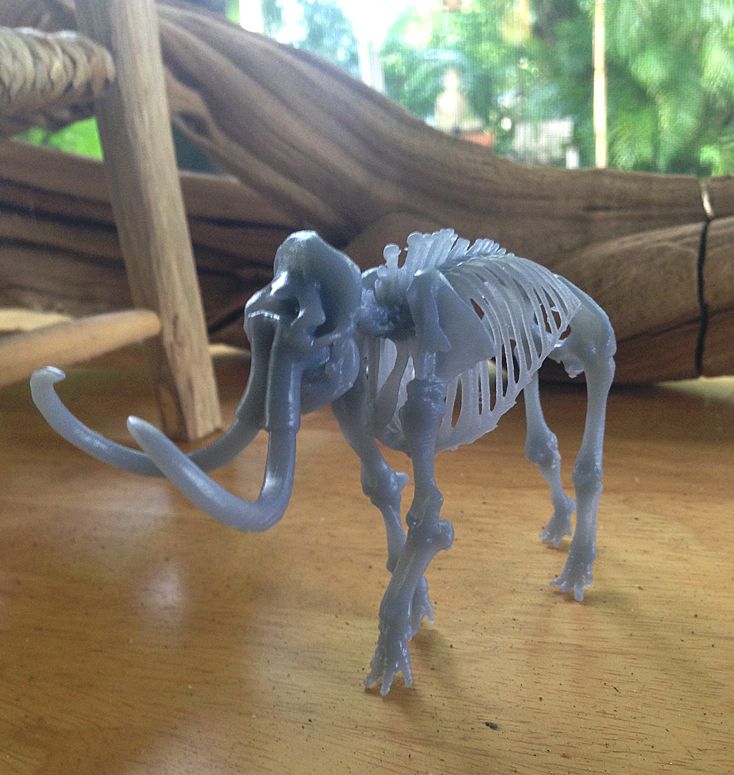 These were then modeled in a 3D platform and printed, making them easier to study and exhibited. Through 3D printed models, people can appreciate the remains of a mummy without having to disturb the artifact itself.
These were then modeled in a 3D platform and printed, making them easier to study and exhibited. Through 3D printed models, people can appreciate the remains of a mummy without having to disturb the artifact itself.
At the University of Denver, 3D printing has become integrated completely into archaeology studies. Through the contributions from museums around the world, students can 3D print their own copies of ancient artifacts at the university’s Innovation Lab. A specific example of this application is a 3D printed copy of a Roman oil lamp which allowed students to infer details such as the type of oil used in the lamp and the gender of the person meant to carry it.
These are just some of the hundreds of examples of how 3D scanning and 3D printing have proven to be useful in archaeology. This is one field of study that has readily embraced this technology and all the benefits that it can offer.
The benefits of 3D printing and scanning in archaeology
What can 3D printing and scanning do for archaeology? Clearly, it’s doing something right.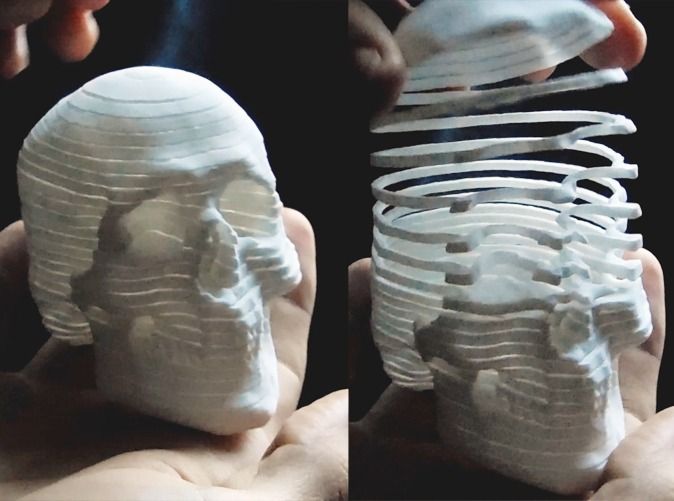 Here are some advantages of this technology that archaeologists have discovered through the years.
Here are some advantages of this technology that archaeologists have discovered through the years.
Digital preservation
The first thing that archaeologists often do is to make a digital copy of an artifact through 3D scanning. This can be done with a simple handheld scanner for small artifacts. This creates a digital copy, complete with accurate measurements and details, that will remain intact even when the artifact itself gets damaged.
The value of a digital model is that it can be infinitely measured, analyzed, and scaled up and down. This can reveal certain features of the model that would have been difficult to see in person. Taking exact measurements on a digital platform is also a lot easier than having to do it on an artifact that must be handled carefully.
Repairing damaged artifacts
Another interesting that archaeologists can do with digital models is that they can attempt to reconstruct them. In the case of a 3000-year old lion monument in Nimrud, Iraq, two students were able to recreate the artifact that had been damaged because of an attack in Baghdad.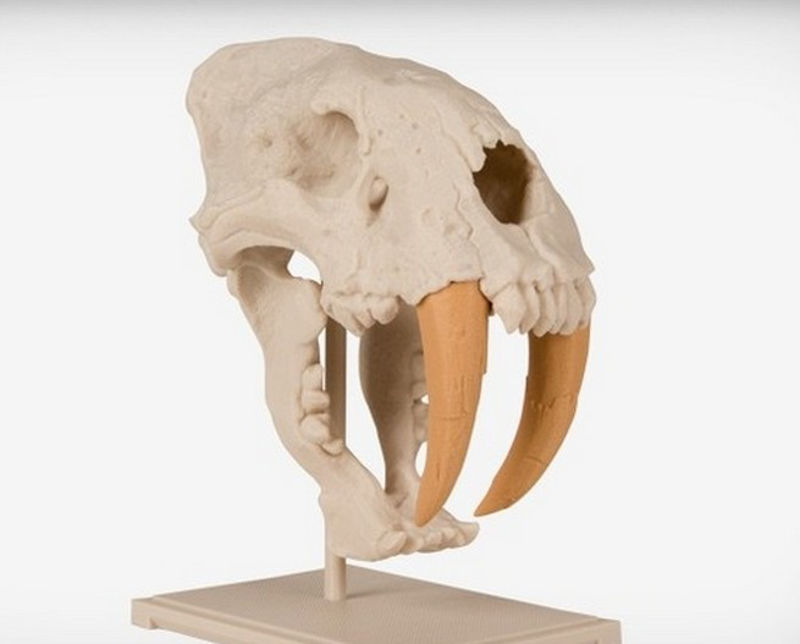
The students used crowdsources images of the monument from before it was damaged to reconstruct the damaged sections. From there, a life-sized replica of the monument was 3D printed for viewing. The same digital model was also made available online so that visitors can virtually view the artifacts in glorious detail.
Reconstruction of large monuments
3D scanning isn’t just restricted to small artifacts. Through devices such as 360-degree cameras and drones, large monuments and even entire dig sites can be reconstructed into digital models. In some cases, archaeologists simply need to document a dig site because their operation has a time limitation.
This comes in handy not just in artifact preservation but also in the documentation of archaeological digs. Perhaps a dig can uncover an entire archaeological site that would have been very hard to properly document from the ground. The great thing about large-scale 3D scanning is that it’s a similarly established technology with well-defined workflows and cloud-based data processing support.
Virtual tours
3D models have proven to be a great way for museums to reach out to their audience, especially in the context of the recent pandemic. With 3D models, guests can virtually “visit” a museum through models of their artifacts. 3D models can even allow guests to get more up close and personal with artifacts than they would have if they had to see it through a secure glass box.
This increased accessibility can bring archaeology closer to the public. If this becomes more common, this might even encourage more people to go into archaeology.
Information exchange
Archaeology, of course, is still a field of study that thrives in collaboration and sharing of knowledge. Previously, there was no other way to document artifacts rather than with pictures, measurements, and data collected from scans. With 3D modeling, fully realized digital models can be shared between museums, educators, and colleagues.
Creating perfect copies
Avid museum-goers have probably aspired to take home copies of certain artifacts. With 3D scanning and printing, this is now possible. Some museums such as the Art Institute of Chicago have made licensed 3D models available for download so that visitors can just 3D print their own copies at home. This is a great idea in the case of art pieces with historical significance.
With 3D scanning and printing, this is now possible. Some museums such as the Art Institute of Chicago have made licensed 3D models available for download so that visitors can just 3D print their own copies at home. This is a great idea in the case of art pieces with historical significance.
Better accessibility
Being “accessible” does not mean simply making museum pieces and artifacts visible to more people. In a more specific sense, creating 3D printed copies of artifacts makes it possible for museum visitors to experience artifacts in a more tactile manner. This means that visitors will be free to touch the pieces.
This is a huge deal, especially for people with vision problems. In 2015, the Prado Museum hosted an exhibition of 3D printed copies of relief paintings. Through this exhibit, visually impaired people were able to experience the masterpieces through the sense of touch.
Offering 3D printing and modeling services
If you have the skills and equipment for 3D scanning and printing, it won’t hurt to get in touch with a local museum and see how you can work with them.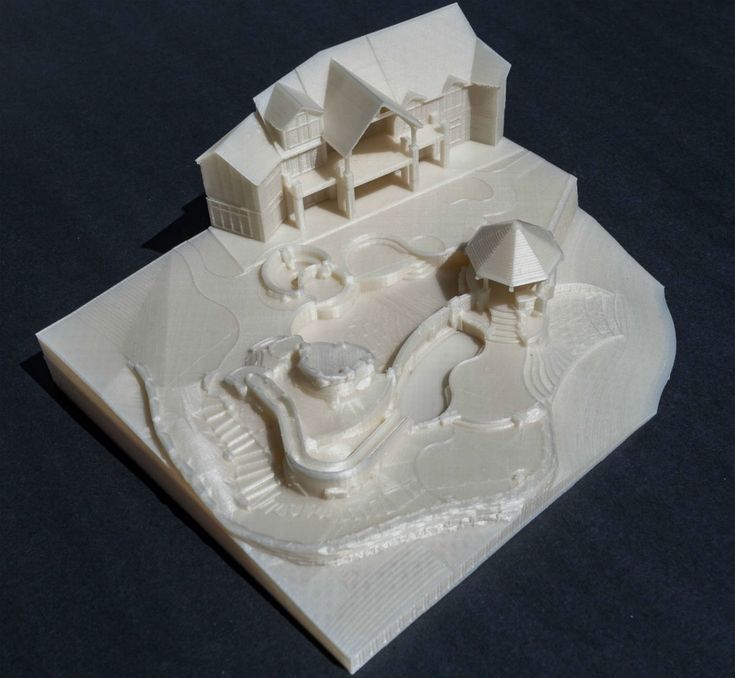 There are already a lot of these initiatives going on but there’s probably still a museum or archeologist out there who could use some help.
There are already a lot of these initiatives going on but there’s probably still a museum or archeologist out there who could use some help.
If there’s anything you should be wary about, it’s the fact that you will be working with artifacts of immeasurable value. Make sure to let an archaeologist or a representative of the museum do all the handling of the artifacts. The beauty of 3D scanning is that you don’t even need to make any physical contact with the objects you will be working with.
Final thoughts
Archaeology is an old field of study that seems to have been revitalized by the advent of 3D scanning and 3D printing. No longer are artifacts restricted to being viewed from a distance, lest they risk getting damaged. With a digital 3D model, these artifacts can be measured, analyzed, and appreciated in a completely safe environment.
3D printing and 3D scanning may also give museums a new way of reaching out to their audience. From tactile models for visually impaired visitors to downloadable 3D models of classical masterpieces, people now have more ways to appreciate historical artifacts.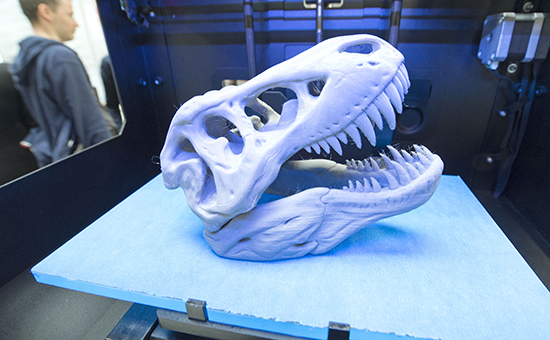
Warning; 3D printers should never be left unattended. They can pose a firesafety hazard.
3D scanning in archeology and museums
There are a number of areas of human activity where 3D technologies have long become simply irreplaceable. Museums and archeology are among such areas. Thanks to 3D scanning in this area, it is possible to preserve and restore historical values and even make discoveries. And working with a digital 3D archive allows you to use the services and assistance of specialists around the world without leaving for advice and without transporting fragile objects. Sometimes many objects cannot be transported at all, and when they are removed, they or their parts may be completely lost. Thus, 3D scanning helps to save information about valuable artifacts in digital form with high accuracy.
Archeology provides for mandatory fixation of found material. This is how archaeological research is carried out, because excavations involve the complete loss of the cultural layer.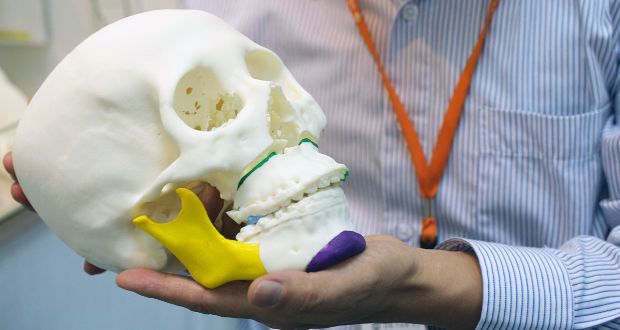 And the most modern way of fixing the material is 3D scanning. This research technique is of particular value, since it is not necessary to extract the object for work, and this, in turn, allows you to maintain its integrity.
And the most modern way of fixing the material is 3D scanning. This research technique is of particular value, since it is not necessary to extract the object for work, and this, in turn, allows you to maintain its integrity.
Advantages of 3D scanning in the archaeological field:
- fast and accurate formation of a 3D digital object;
- possibility of detailed examination not in the field;
- complete preservation of the artifact;
- the ability to work with both small and large objects.
Currently, not all archaeological expeditions in Russia use 3D scanners, although it is generally recognized that these techniques are very promising. In addition, 3D scanning can help restore the original picture.
3D scanning in museums
Not all artifacts remain in excavation sites, many of them are delivered to museums for display and work. Some of the exhibits are in storage. Using 3D scanning, you can not only create a 3D archive of all museum objects, but also use digital copies for research. In particular, it is possible to recreate precise three-dimensional objects from fragments. For example, similar work was carried out with a clay vase dating back more than five thousand years. At the same time, the texture, color and texture of the object are perfectly accurately transmitted, which is very valuable for further work.
In particular, it is possible to recreate precise three-dimensional objects from fragments. For example, similar work was carried out with a clay vase dating back more than five thousand years. At the same time, the texture, color and texture of the object are perfectly accurately transmitted, which is very valuable for further work.
A number of objects are being scanned for digital preservation, as they are so fragile that it is a matter of time before they are lost. It is generally not possible to work with such materials.
When scanning the remains, you can recreate the appearance. This applies to the skeletons of people, dinosaurs and ancient mammals. 3D technologies allow you to recreate the appearance with almost 100% accuracy.
Thus, 3D scanning is an almost indispensable technology that allows museums to recreate the original appearance of artifacts, preserve them for future generations, and even organize virtual exhibitions so that anyone, anywhere in the world can see valuable exhibits in great detail.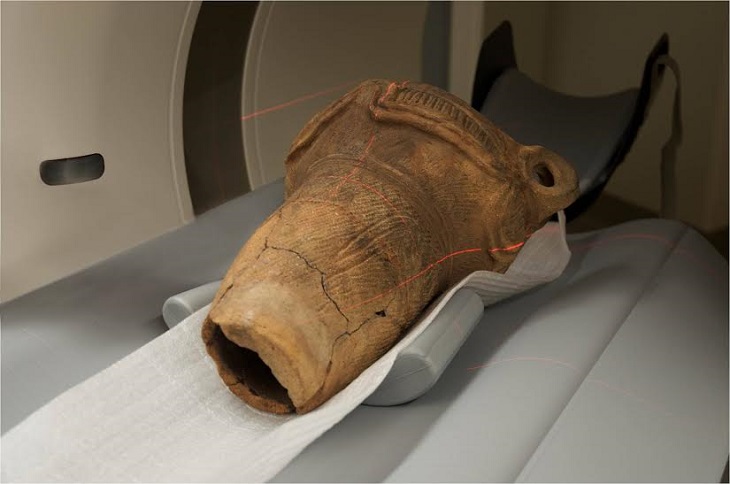
Equipment options
Different models of 3D scanners can be used for archeology and museum work. The most popular are:
- NextEngine
- Breuckman smartSCAN
- Faro Laser Scanner Focus 3D
- ZScanner 700
- ScanBright archeo
- Thor3D and others.
At the same time, technology does not stand still, shortcomings are constantly being eliminated, and perhaps in a couple of years even more advanced equipment will appear that allows 3D scanning in the most difficult conditions at amazing speed.
Archaeologists have recreated a two-thousand-year-old pin using 3D printing and scanning / Sudo Null IT News Wax, clay and bronze were used in the manufacture.
Archaeologists have restored an Iron Age piece of jewelry using digital technology.
Article BBC News translated and updated for you by Top 3D Shop .
To recreate the ancient accessory, I had to scan the clay molds that were used to cast bronze jewelry in the first to third century AD. The original molds, found at Cairns, on South Ronaldsay, Orkney, were too fragile to be made into jewelry.
The decoration was recreated by Ben Price, a graduate student at the University's Institute of Highlands and Islands Archeology. During recent excavations of an Iron Age broch at Cairns, about 60 fragments of clay molds have been found.
Excavations at South Ronaldsay, Orkney, Scotland.
Brochs, also known as Atlantic Roundhouses, were stone towers built in the Scottish Isles and Highlands. The brochs are characterized by a round shape and construction by dry masonry, without any cementing mortar.
Broch ruins at Dun Carloway, Lewes, Scotland. Photo from Wikipedia.
Ancient pin, rendering.
Ben Price recreated the entire Iron Age jewelry making process, from finding the original molds to casting a new pin.
How it was done:
- First, the fragments found on the ground in Cairns were collected;
- A 3D image was modeled from 3D scans and photographs of mold fragments;
- A stencil was printed from a recreated digital model on a 3D printer;
- Clay casting mold reconstructed from wax;
- After the clay had hardened, bronze was poured into it, which took the form of a pin;
- Product left to cool for 48 hours;
- The clay mold was broken, revealing the resulting bronze pin, which repeats the shape of the ancient product to the smallest detail.
Mr. Price photographed and scanned the original Iron Age computer molds and created a digital 3D image on the screen.
He then created a 3D computer model of the pin. It was 3D printed from wax. The wax was ideal for the pin to be cast in bronze, a material used by Orkney jewelers thousands of years ago.


